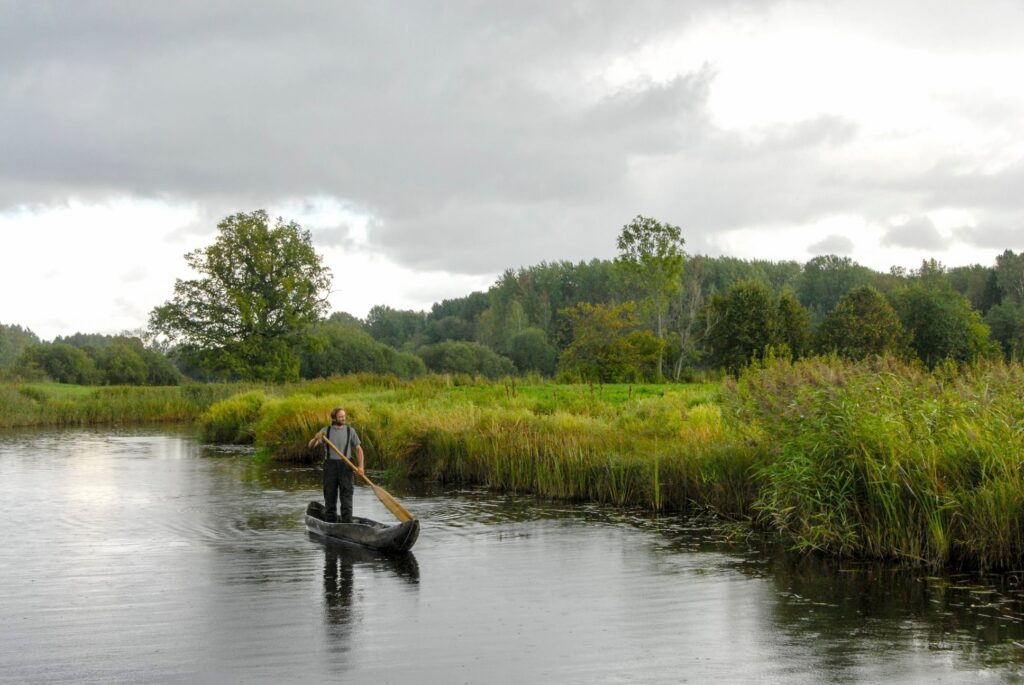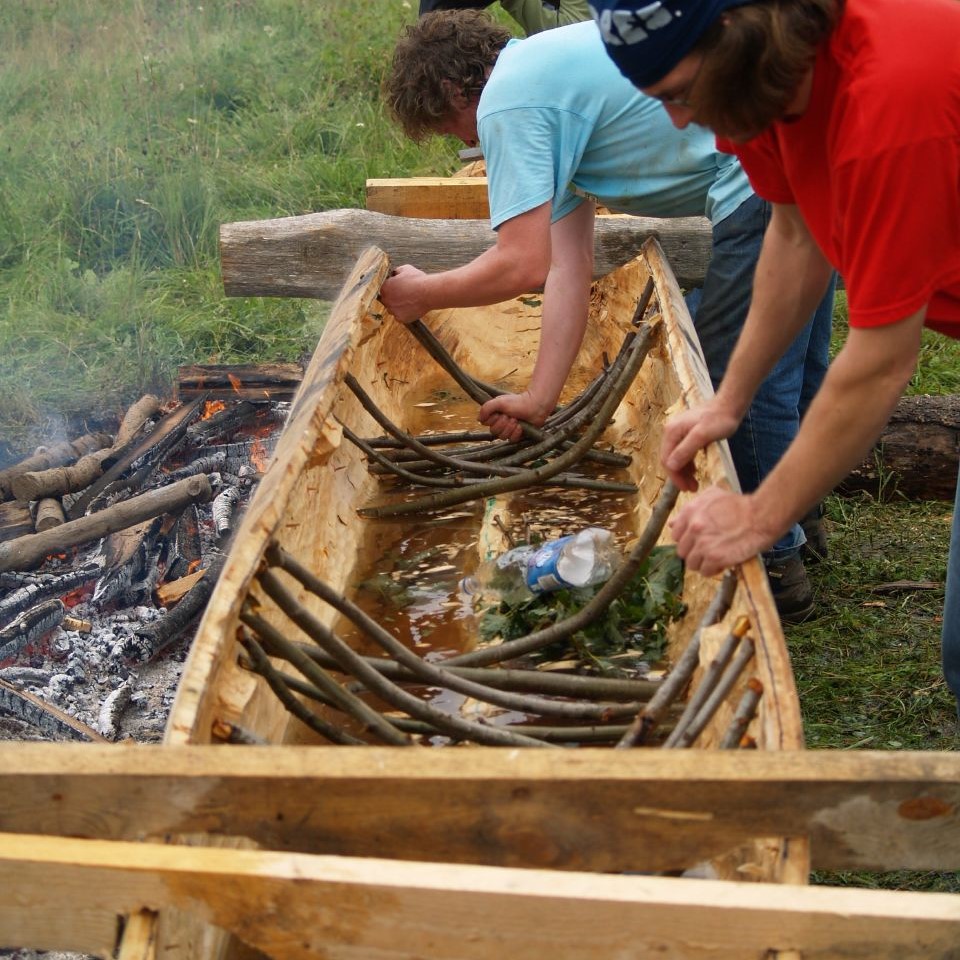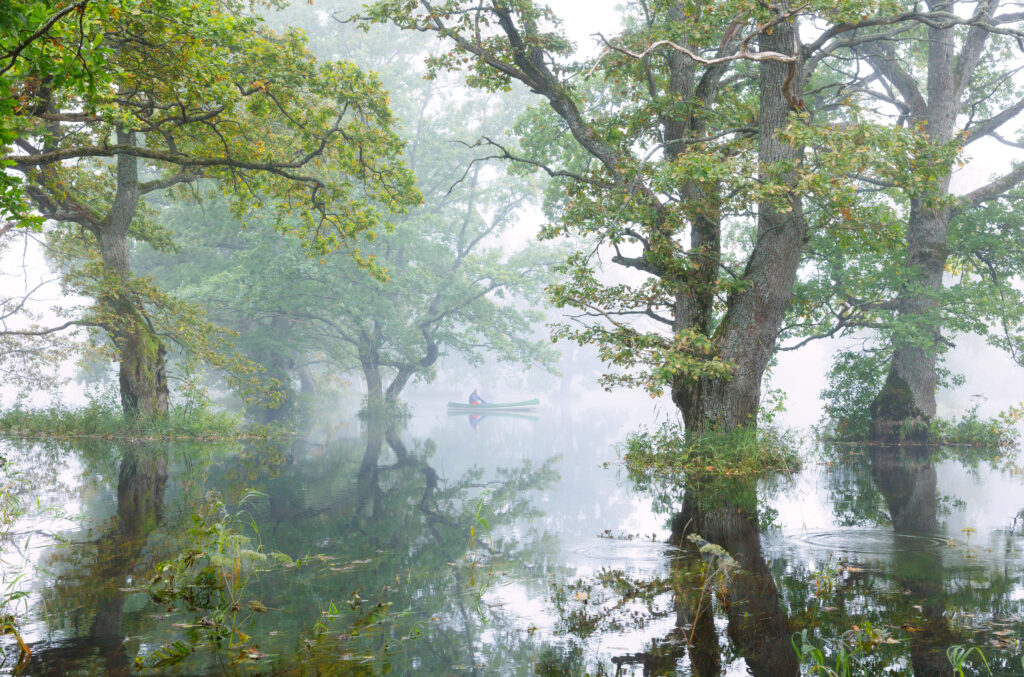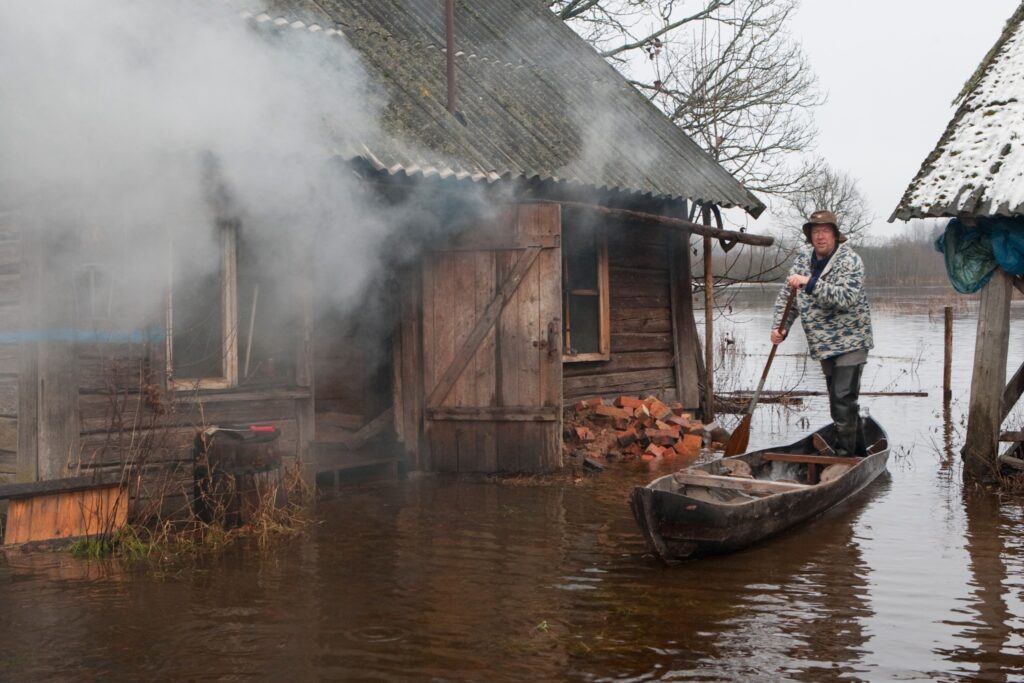UNESCO added “building and use of expanded dugout boats in the Soomaa region” on the organisation’s list of Intangible Cultural Heritage “in need of urgent safeguarding” on 14 December.
Aivar Ruukel, a dugout boat master and a well-known nature tourism entrepreneur in Soomaa, said in a statement that the area’s dugout boat culture thus became the first inscription under the list in need of urgent safeguarding.
The expanded dugout boat in Soomaa is a canoe-like boat, hollowed out from a single tree –usually aspen – with expanded sides and a shallow base. Building of a dugout boat is an integrated and complex process, beginning with the identification of a suitable tree and culminating with the boat’s launching.

The central and visually most distinctive stage of dugout boatbuilding is expanding of the sides. From the interaction of heat and moisture, including fire and water, the dugout boat board is significantly expanded, thus increasing the boat’s volume, manoeuvrability and carrying capacity.
Training the next generation of highly skilled dugout boat masters
Dugout boats have been exceptionally important for Soomaa residents as they have formed an essential part of everyday culture. Until 1960s, dugout boats were used for daily transport on rivers and fishing. Today, uses of the dugout boat have changed and it is not as indispensable. However, its recreational uses and cultural meaning have preserved – dugout boats occupy important place in the identity of Soomaa community.

“Dugout boats represent our roots, history and identity. In today’s cultural space it is especially remarkable that one element of Soomaa region’s distinctive heritage has made it into the UNESCO list. The UNESCO inscription is also a major recognition of today’s five dugout boat masters who carry forward the centuries-old cultural heritage of Soomaa’s past dugout boat builders,” Ruukel asserted.
The inscription of Soomaa’s dugout boat culture in the UNESCO list will mean that Soomaa’s dugout boat culture will be protected in line with a “multi-year safeguarding plan” that will aim to train next generation of highly skilled dugout boat masters and ensuring intergenerational continuity of this tradition. “Another key objective is to revitalise current uses of dugout boats and create novel sustainable uses that will help keep this ancient tradition alive but also evolving,” Ruukel noted.

Interest to other indigenous peoples worldwide
Oliver Loode, the managing director of the Estonia-based URALIC Centre that promotes and protects the language and cultural rights of Finno-Ugric peoples, said the inscription of Soomaa’s dugout boat culture may also be of interest to other indigenous peoples worldwide.
“Soomaa’s dugout boat culture shares much in common with dugout boat heritage among Finno-Ugric peoples of Russia and indigenous peoples worldwide, including in the USA and Canada,” Loode said in a statement.
“We hope that the example of Soomaa’s dugout boat culture will stimulate discussions on whether these states, too, should ratify the ICH Convention (UNESCO’s 2003 convention for the safeguarding of the intangible cultural heritage – editor), so that the dugout boat heritage in these states could enjoy similar levels of protection like as of today in Estonia.”
The Soomaa National Park, roughly twice the size of the Estonian capital, Tallinn, is a wetland area in Pärnu and Viljandi counties. In Estonia, the area is best known for its spring flood – the so-called fifth season – when the water from melted snow or heavy rains floods all the lower forests, roads and even yards. Historically, a boat was the only means to get around in the region during the “fifth season”.

UNESCO, based in Paris, France, is a specialised agency of the United Nations aimed at promoting world peace and security through international cooperation in education, the arts, the sciences, and culture.
Cover: Aivar Ruukel on a dugout boat in Soomaa. Photo by Soomaa National Park.

